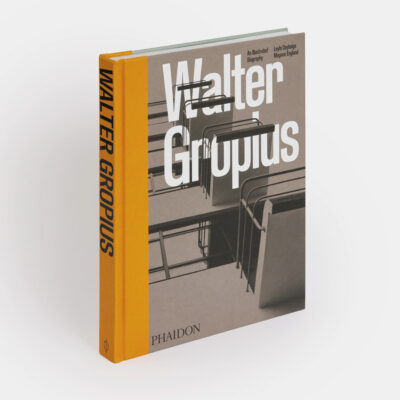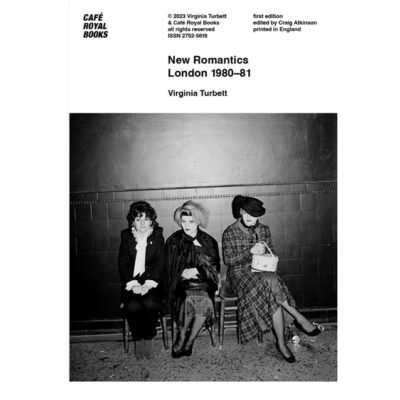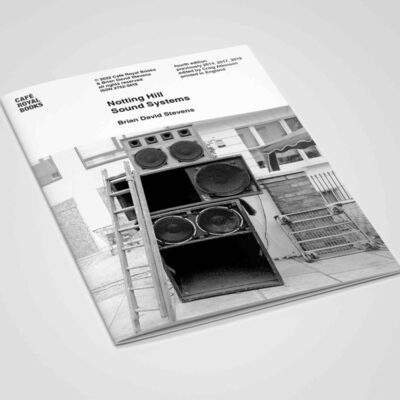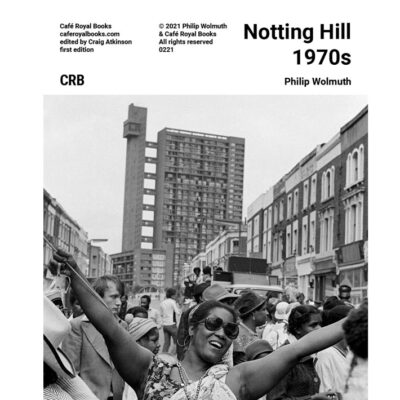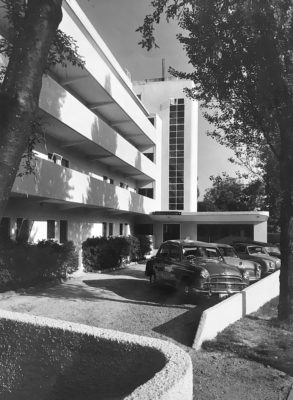
The Isokon Company and Lawn Road Flats
Isokon: Isometric Unit Construction
In 1932 Jack and Molly Prichard established the Isokon company in Hampstead, London. They had an emerging vision of modernism and a design for living that would see its fulfilment in modern homes for efficient and minimal living with carefully thought out furniture using plywood and other innovative materials.
While Jack and Molly were children of the Edwardian era with all its inheritance of the Victorian age and outlook, they embraced the new ideas and the left-leaning social views of the decades before the Second World War. Jack was employed until 1936 in London by Venesta an Estonian company that was at the time the world’s largest manufacturer of plywood.

Isokon Wells Coates 1930 Riba Collections

Towards the former garage, Isokon Gallery Image Greyscape
The Prichards, as much a team as a couple, shared a deep appreciation of the ideas of Corbusier and the Bauhaus. Visits to Stuttgart’s Weissenhoff Estate and the Bauhaus School in Dessau had made a huge impression and in the Prichards made a determined effort to plant the seeds of modernism and international style in archly conservative Britain.

Isokon under construction 1929 Image Architectural Press Archive / RIBA Collections
When they collaborated with the gifted Canadian architect, Wells Coates the vision would find concrete form in the Lawn Road Flats which opened on July 9th 1934
What must also be remembered, to their credit, is the work the Prichards did to enable emigré designers and artists to settle in Britain. If they had not been able to leave Germany and other European countries, their ability to work and their very lives would have been in jeopardy. The Prichards welcomed them and, in that action, brought some of the world’s most important modernists to London.
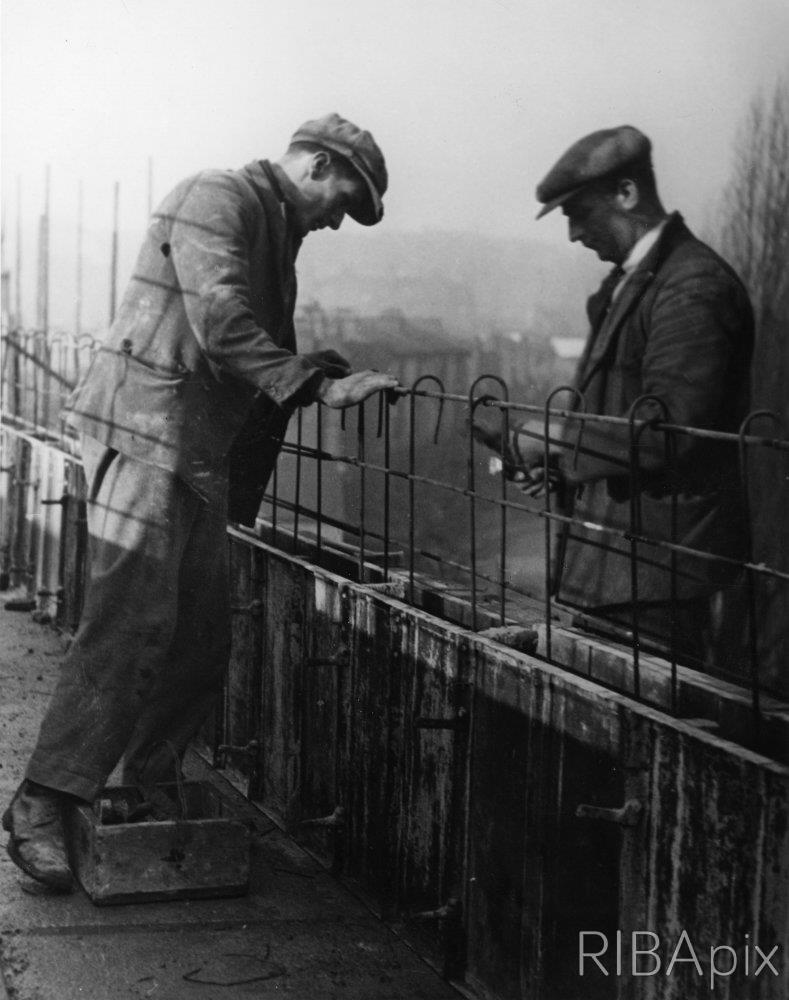
Building Isokon 1933 Architectural Press Archive / RIBA Collections
Important contributors to the artistic and cultural life of Britain gravitated towards or actually lived in the Lawn Road Flats. They included the former Bauhaus master Lászlo Moholy-Nagy, Egon Riss, who created the Penguin Donkey, Arthur Korn, Marcel Breuer, who created his Long Chair for the Isokon company as well as the on-site Isobar. Visitors such as Serge Chermayeff, Naum Gabo, Roland Penrose, Barbara Hepworth and Ben Nicolson ate at the Isobar which Harold Read described as ‘a nest of gentle artists’.
Walter Gropius and Ise arrived at Victoria Station in October 1934; their train was met by Jack together with Maxwell Fry. Gropius took up the role of Controller of Design for the newly formed Isokon Company.

Isokon Lawn Road Flats Image Greyscape
Several items made by the company on the run-up to WW2 are today considered icons of modern design. Egon Riss called his book holder the ‘Penguin Donkey’ as a nod to the publishing house who inspired the design, created as the perfect place to store Penguin paperbacks. Allen Lane, founder of the publishing house was a frequent visitor to the Isobar dining club at Lawn Road Flats as was Julian Huxley the director of the London Zoological Society. Clearly, there was a coming together of minds. Lane sent an employee over to the zoo to sketch a penguin in Lubetkn’s pool. That sketch became Penguin’s company’s logo.
Breuers ‘Long Chair’, according to Isokon Plus, was advertised at the time with a very positive health alert, ‘gives scientific relaxation to every part of the body, immediately creating a feeling of well-being.’
Walter Gropius left for Harvard in 1937. The dream of a British Bauhaus was not to come to pass. Before his departure the great man was treated to a farewell dinner hosted by his Isokon friends including Jack Prichard, Maxwell Fry, Dr Julian Huxley and Wells Coates.
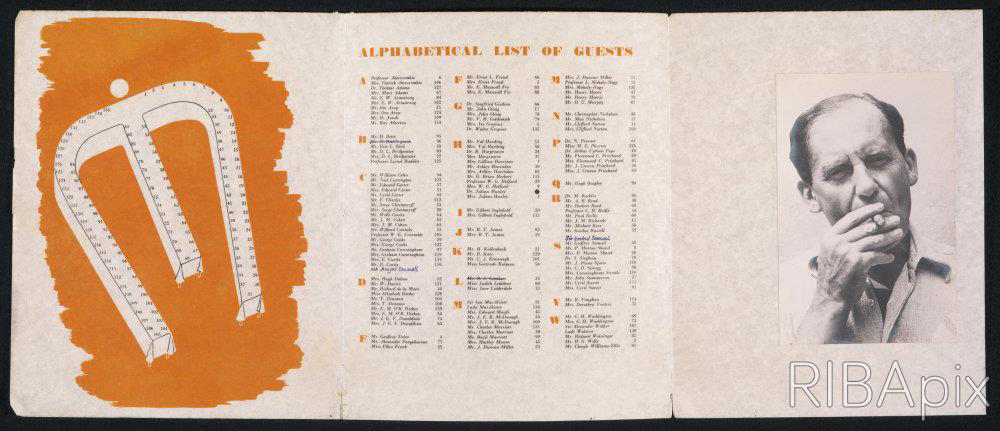
Menu card for Walter Gropius’ farewell dinner March 9th, 1937 at the Trocadero Restaurant, Piccadilly Design: Laszlo Moholy-Nagy, RIBA COLLECTION
During WW2 all Isokon production was stopped outside of work essential to the war effort. Plywood supplies from Venesta ended because Estonia was occupied first by the Soviets and then by the Nazis. Such supplies as were available were used for military purposes most famously in the construction of de Havilland Mosquito bombers.
Production restarted in 1963 in the guise of Isokon Plus making the Breuer chair and nest of tables.
In 1969 the Prichards sold Lawn Road flats to the New Statesman, which converted the Isobar into accommodation and who quickly sold it on to Camden Council. This was not a solution to protect the building, as realistically the Council had lots of other calls on its purse. What was clear was that it was unable to maintain this precious building and the apartments became increasingly uninhabitable. The estate was acquired by the Notting Hill Housing Association who, with Avanti architects and in particular its founder John Allan, undertook a thorough restoration and conservation programme which has brought the development back to its former glory.
John and Avanti are leading experts in conserving and restoring modernist buildings. John was for many years a close friend of Berthold Lubetkin and has written the definitive biography of this architectural giant. Avanti was retained to restore and conserve Lubetkin’s Penguin Pool and other buildings and continues to advocate for a thorough programme of restoration and conservation to be carried out to Finsbury Health Centre.

Isokon original kitchen Image Greyscape
The Lawn Road Flats still have an important social purpose that would have been endorsed by the Prichards, a large proportion of the homes are set aside for key workers.
Magnus Englund and Leyla Deybridge’s fascinating book Isokon and the Bauhaus in Britain not only describes the Isokon but provides a thoroughly researched account of how the Lawn Road flats became the centre of a circle of British and European intellectual, artists and creatives as well as now-notorious Soviet spies. It’s a compelling account of the Bauhaus in London and an insight into the personalities of people who created that milieux.

Image Greyscape
Learn more
The Isokon Gallery created in 2014 by John Allan and Magnus Englund. History and visitor information: website
Avanti Architects website: full link
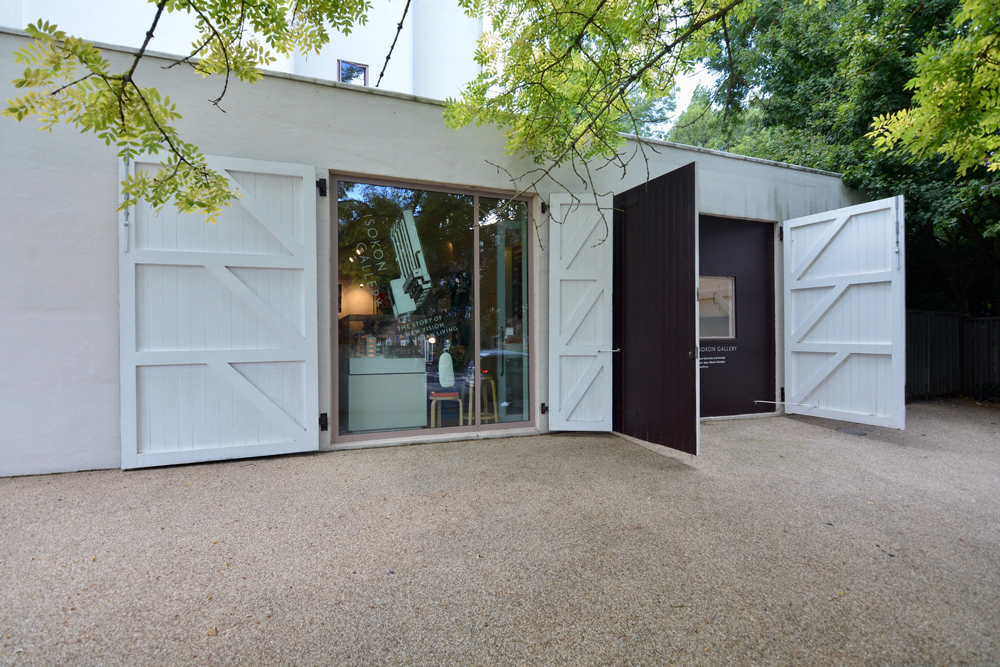
Isokon Gallery on the site of the former garage Image Greyscape














